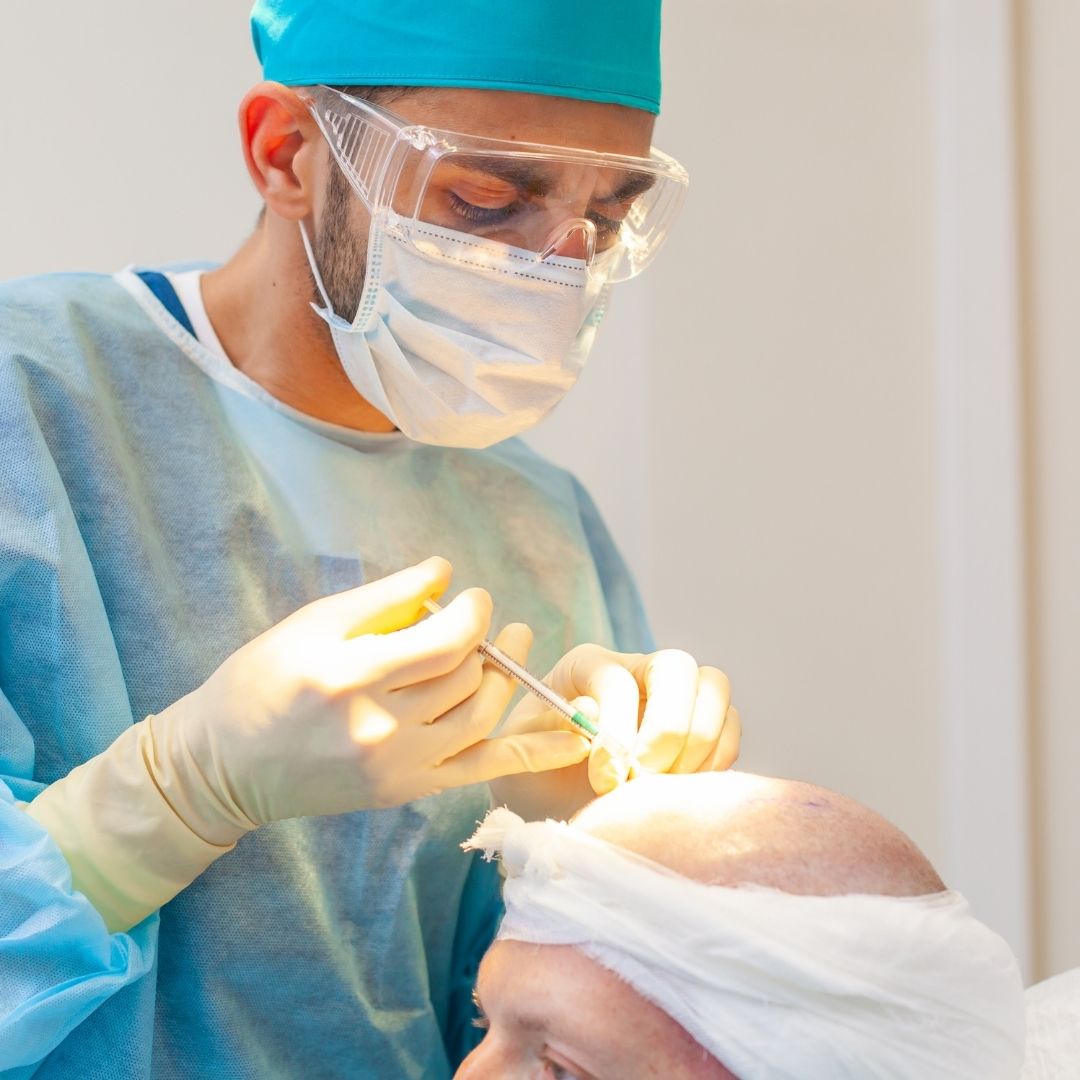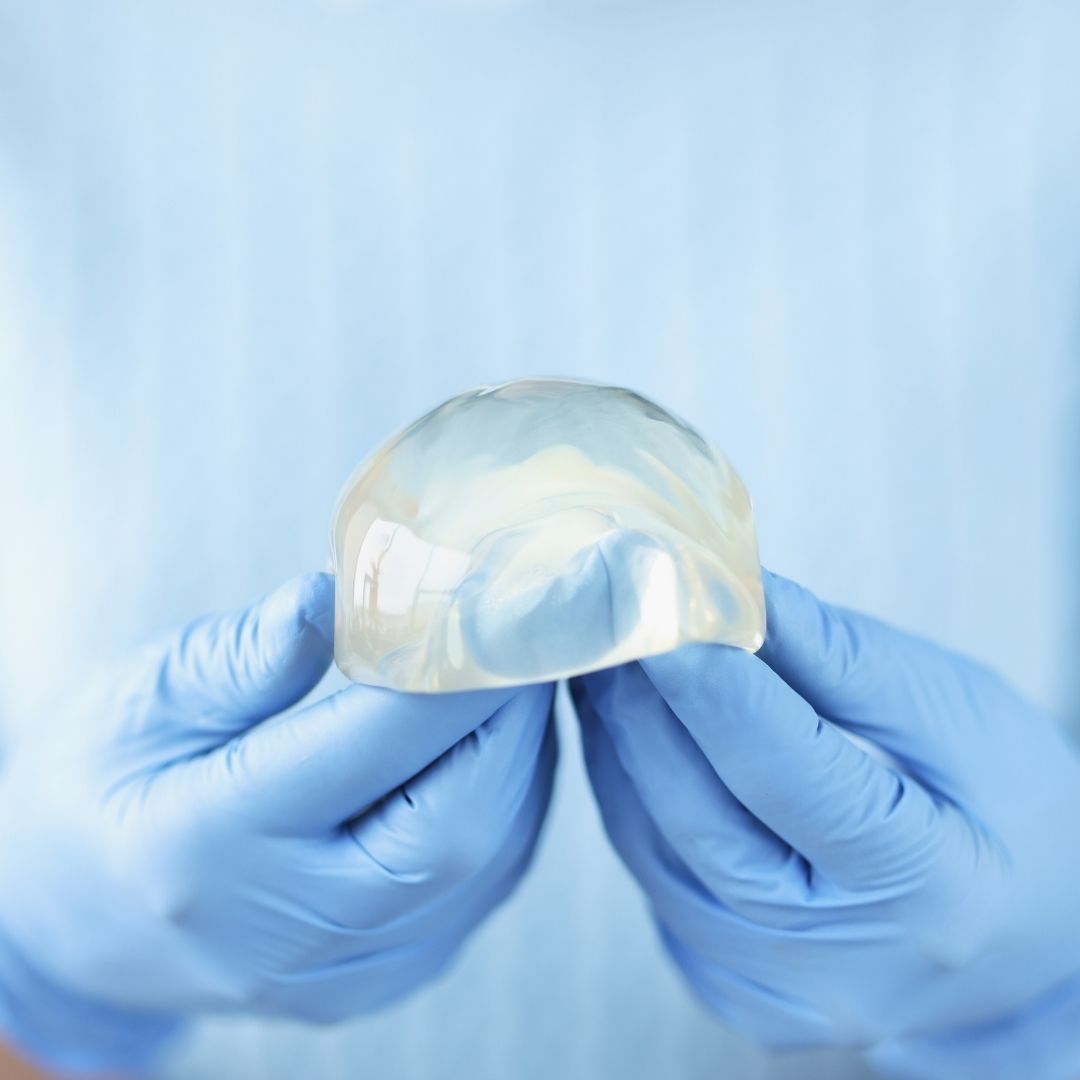
Breast Lift Scars Types
Breast lift surgery, also known as mastopexy, is a popular cosmetic procedure that helps lift and reshape sagging breasts. During the surgery, the surgeon makes incisions in the breast tissue, which results in breast lift scars.
There are different types of breast lift incisions, and the choice of incision depends on various factors such as the degree of breast sagging, the amount of excess skin, and the desired outcome. In this article, we will discuss the different types of breast lift scars and which one is right for you.
Peri-Areolar Incision
The peri-areolar incision, also known as the donut incision, is made around the areola, the darker skin around the nipple. This incision is suitable for women with mild to moderate breast sagging and minimal excess skin. The boob lift scar is a circular line around the areola, which is barely visible after it heals. However, some women may experience widened or raised scars.
Vertical Incision
The vertical incision, also known as the lollipop incision, is made around the areola and vertically down to the breast crease. This incision is suitable for women with moderate to severe breast sagging and excess skin. The boob lift scar is a vertical line from the areola to the breast crease, which is more visible than the peri-areolar scar but can be easily hidden with a bra or swimsuit.
Anchor Incision
The anchor incision, also known as the inverted-T incision, is made around the areola, vertically down to the breast crease, and horizontally along the breast crease. This incision is suitable for women with severe breast sagging and significant excess skin. The breast lift scar is a combination of a vertical line and a horizontal line, which can be more noticeable than other types of breast lift scars. However, this incision provides the most extensive lift and reshaping of the breasts.
What Do Breast Lift Scars Look Like?
Breast lift scars can vary in appearance depending on the type of incision and individual healing factors. Initially, the scars may be red, raised, and firm, but they will gradually fade and flatten over time. The boob uplift scar’s color may change from red to pink, then to brown, and eventually to the skin’s natural color. The texture of the scar may also change from raised to flat. It may take up to a year for the scars to reach their final appearance.
How Long Does It Take for Breast Lift Scars To Heal?
The length of time it takes for breast lift scars to heal can vary depending on the individual’s healing process, the type of incision used, and other factors such as age, overall health, and skin type. Generally, it takes several months to a year for breast lift scars to fully heal and mature.
During the first few days after surgery, the incision area will be swollen, bruised, and painful. The surgeon will provide pain medication to manage the pain. After the first week, the surgeon will remove the bandages and dressings, and the patient will need to wear a surgical bra to support the breasts. During the first month, the scars may start to flatten and fade, but they will still be noticeable. The patient should avoid strenuous activities and follow the surgeon’s instructions.
Around six months after surgery, the scars will continue to fade and flatten, and their color may change from red to pink. The patient can start to use scar treatment products such as silicone sheets or gels. After one year, the scars will reach their final appearance, which may still be noticeable but less visible than before.
It is essential to follow the surgeon’s instructions and allow enough time for the scars to heal and mature. In some cases, it may take longer than a year for the scars to fully heal and mature. It is important to discuss the healing process with the surgeon and address any concerns or questions about breast lift cosmetic surgery in Turkey.
The Study of Breast Lift Scars Types
Recent research published in the Journal of Plastic and Reconstructive Surgery conducted a comparative study of breast lift scars based on different incision types. The study analyzed patient outcomes and scar visibility following peri-areolar, vertical, and anchor incisions. Findings indicated that the peri-areolar incision resulted in the least noticeable scarring for a significant portion of patients, making it a favorable choice for those concerned about scar visibility. However, the study also emphasized the importance of individual factors, such as breast sagging and skin elasticity, in determining the most suitable incision type for each patient.
How Do You Get Rid of Boob Job Scars?
Getting rid of boob job scars is possible, but it is important to remember that scars are a natural part of the healing process and cannot be completely eliminated. However, there are several ways to minimize the appearance of boob job scars and make them less noticeable.
Silicone sheets or gels: Silicone sheets or gels can help reduce the appearance of scars by hydrating and protecting the skin. These products work by creating a barrier over the scar and promoting collagen production. They are available over-the-counter and are easy to use.
Scar massage: Massaging the scars can help break down scar tissue and improve blood flow to the area. It is important to wait until the incision has fully healed before starting scar massage. The surgeon or a physical therapist can provide instructions on how to massage the scars properly.
Sunscreen: Exposure to the sun can make scars darker and more noticeable. Wearing sunscreen with at least SPF 30 can protect the scars from the sun’s harmful rays and prevent discoloration.
Scar revision surgery: Scar revision surgery may be an option for individuals who have severe scarring or who are unhappy with the appearance of their scars. During scar revision surgery, the surgeon will remove the scar tissue and create a new incision, which will result in a new scar. The new scar may be less noticeable than the original scar.
It is important to discuss breast uplift scars treatment options with the surgeon and follow their instructions for optimal results. It is also important to remember that scars are a natural part of the healing process and may take time to fully heal and mature for your plastic surgery.
Which Breast Lift Has the Least Scarring?
There is no one-size-fits-all answer to which breast lift has the least scarring, as the type of incision used depends on various factors such as the individual’s anatomy, the degree of breast sagging, and the surgeon’s preference. However, there are some incision types that tend to produce less visible scarring than others.
The periareolar incision, which is made around the edge of the nipple, is a popular incision type for breast lift surgery. This incision is commonly used for individuals who have mild to moderate breast sagging, as it allows the surgeon to remove excess skin and reshape the breast tissue without leaving a visible scar. The incision is hidden in the transition between the areola and the surrounding skin, and the scar tends to be well camouflaged.
Another incision type that may produce less visible scarring is the vertical or lollipop incision. This incision involves making a circular incision around the areola and a vertical incision from the bottom of the areola to the breast crease. This incision allows the surgeon to remove excess skin and reshape the breast tissue while minimizing scarring.
Ultimately, the choice of incision type will depend on the individual’s goals, anatomy, and degree of breast sagging. It is important to discuss the pros and cons of each incision type with the surgeon and determine which option is best for the individual’s needs. Additionally, following the surgeon’s post-operative instructions and scar management techniques can help minimize scarring and promote optimal healing.



